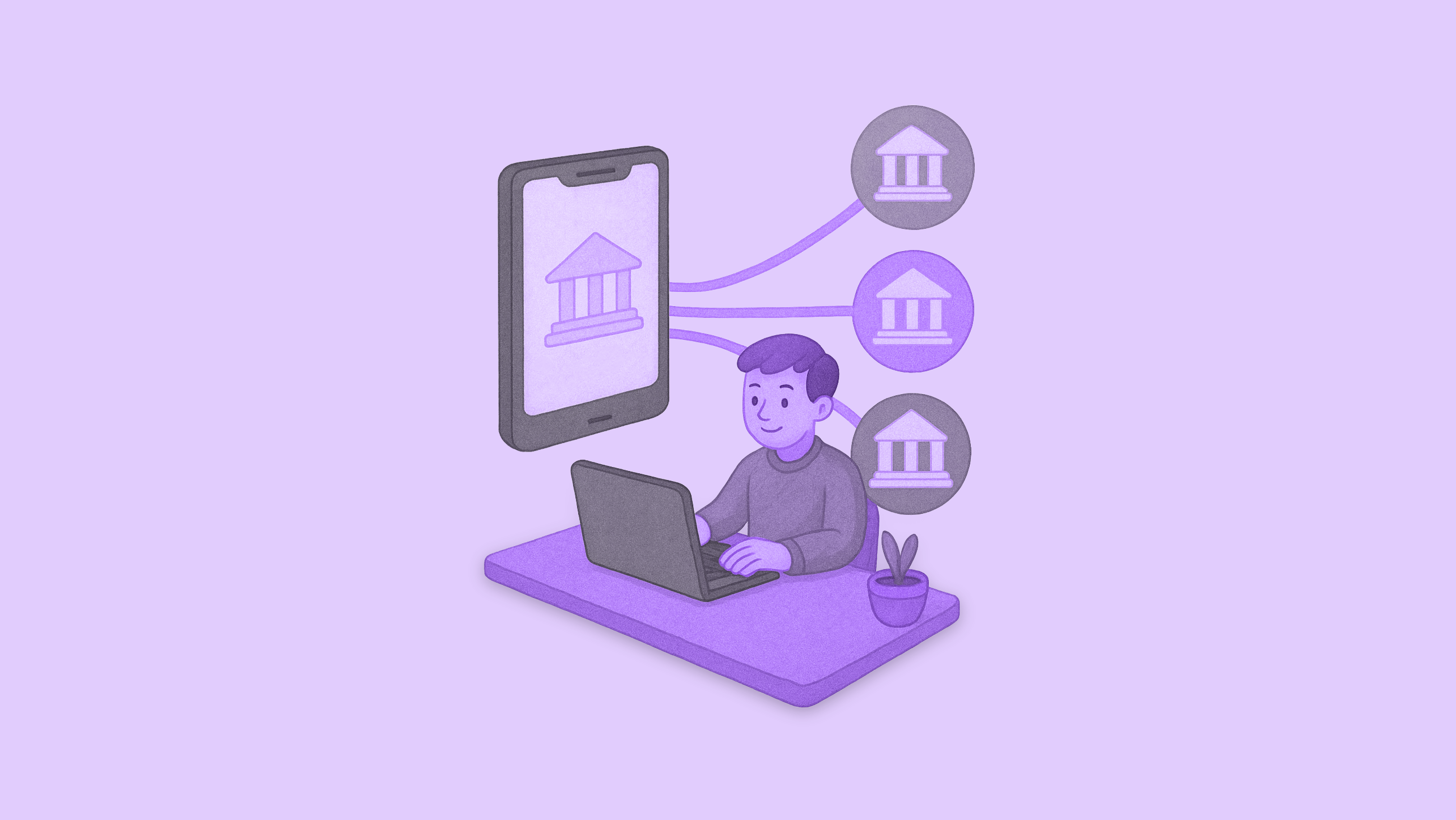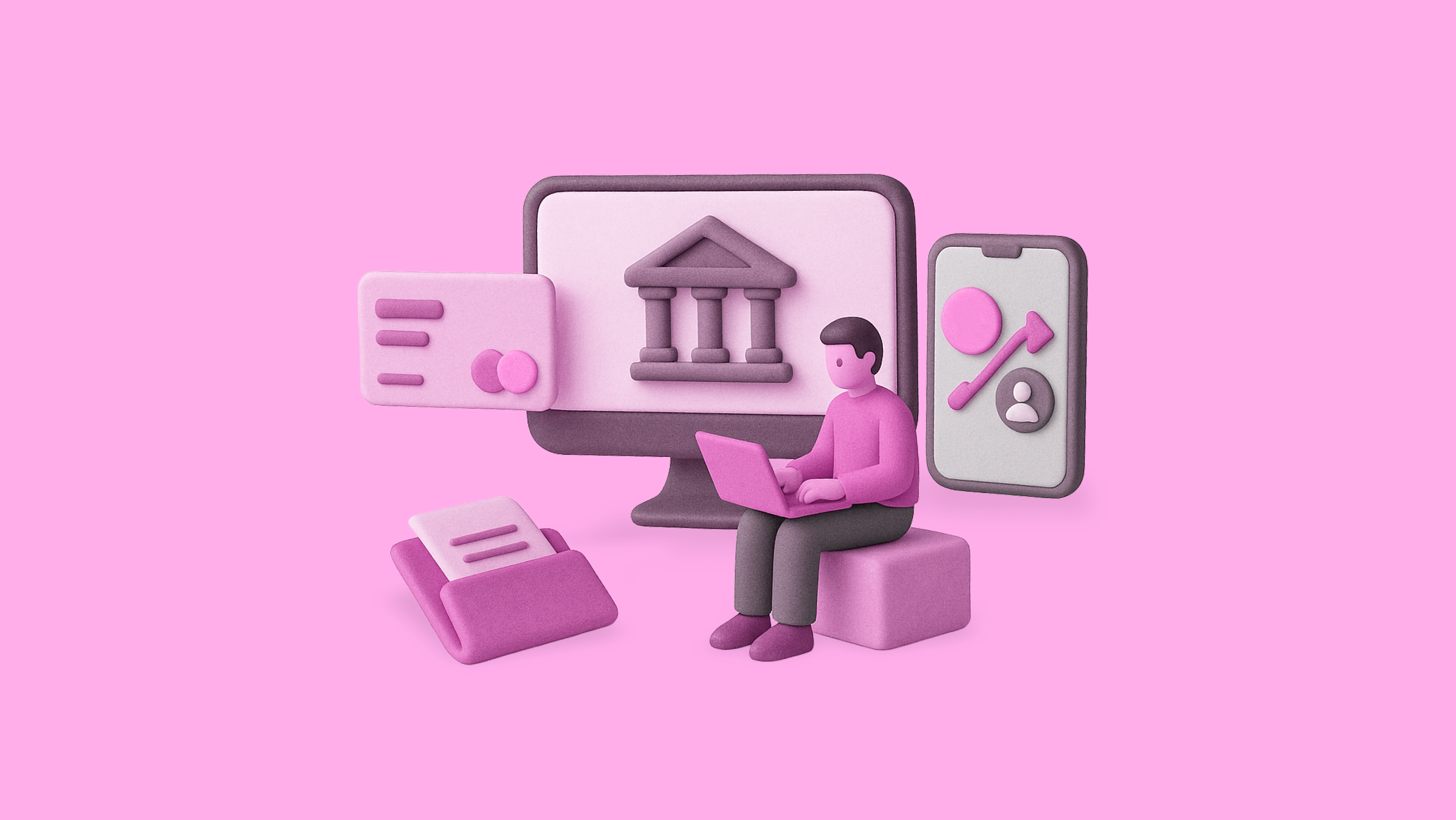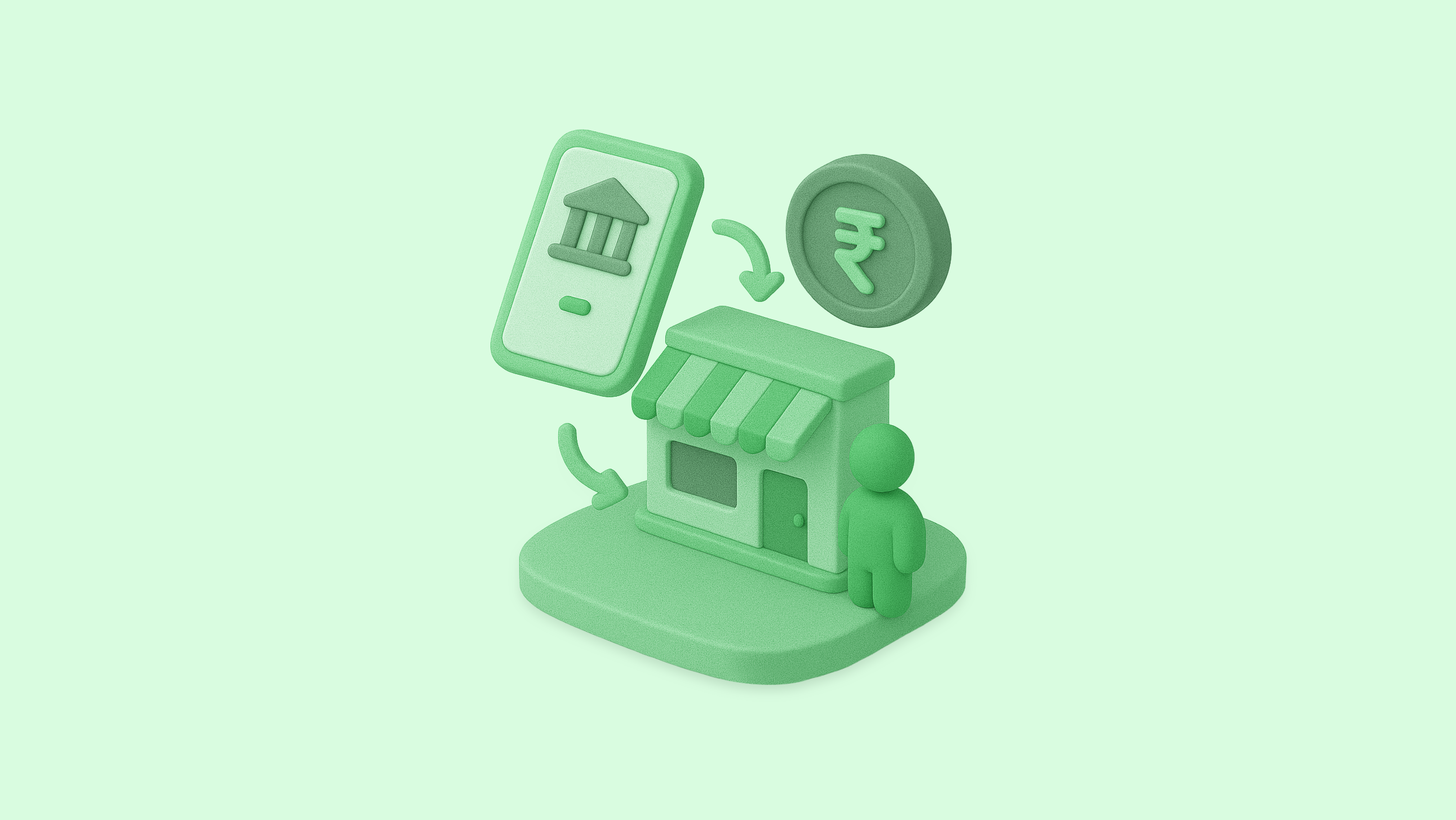Managing multiple current accounts across various banks has traditionally been a cumbersome task for businesses. The need to log into different platforms, track balances manually, and reconcile transactions can lead to inefficiencies and errors. However, with the advent of connected banking, these challenges are being addressed, offering businesses a streamlined approach to financial management.
Understanding Connected Banking
Connected banking refers to the integration of various banking services and platforms, allowing businesses to access and manage multiple financial products through a unified digital interface. This approach leverages technologies like Application Programming Interfaces (APIs), cloud computing, and real-time data analytics to provide a cohesive banking experience. By securely linking accounts, businesses can view balances, monitor transactions, and initiate payments from a single platform, eliminating the need to toggle between different banking portals.
Challenges of Managing Multiple Current Accounts
- Fragmented Financial Overview: Juggling multiple accounts across different banks can lead to a fragmented view of a business’s financial health. Without a consolidated dashboard, tracking cash flow and making informed decisions becomes challenging.
- Manual Reconciliation: Reconciling transactions from various accounts manually is time-consuming and prone to errors. This process often leads to discrepancies and delays in financial reporting.
- Delayed Payments: Managing payments across multiple platforms can result in delays, especially when funds need to be transferred between accounts to meet obligations.
- Increased Operational Costs: The administrative burden of managing multiple accounts can lead to increased operational costs, diverting resources from core business activities.
How Connected Banking Addresses These Challenges
- Unified Dashboard: Connected banking platforms provide a single dashboard where businesses can view all their current accounts, balances, and transactions in real-time. This consolidated view enhances financial oversight and decision-making.
- Automated Reconciliation: With integrated reconciliation tools, connected banking platforms automatically match transactions across accounts, reducing manual effort and minimizing errors.
- Seamless Payments: Businesses can initiate payments directly from the connected platform, eliminating the need to transfer funds between accounts. This streamlines the payment process and reduces delays.
- Cost Efficiency: By automating financial processes and reducing manual intervention, connected banking helps businesses lower operational costs and allocate resources more effectively.
Key Benefits of Connected Banking for Businesses
- Efficiency: Automates routine financial tasks, allowing businesses to focus on strategic activities.
- Accuracy: Reduces human errors in transaction recording and reconciliation.
- Control: Provides real-time visibility into financial data, enhancing decision-making capabilities.
- Scalability: Supports the management of multiple accounts, facilitating business growth.
Use Cases and Applications
- Vendor Payments: Businesses can manage payments to multiple vendors from a single platform, ensuring timely and accurate transactions.
- Payroll Management: Connected banking simplifies the process of disbursing salaries to employees across different accounts, ensuring compliance and accuracy.
- Expense Tracking: By consolidating financial data, businesses can track expenses more effectively, identifying areas for cost savings.
- Financial Reporting: Automated reconciliation and transaction tracking streamline the preparation of financial reports, ensuring accuracy and timeliness.
What to Look for in a Connected Banking Platform
When selecting a connected banking platform, businesses should consider the following features:
- Security: Ensure the platform employs robust security measures, such as encryption and multi-factor authentication, to protect financial data.
- Integration Capabilities: The platform should integrate seamlessly with existing accounting software and other business tools.
- User Interface: A user-friendly interface enhances the user experience and reduces the learning curve.
- Customer Support: Access to reliable customer support ensures prompt resolution of issues.
Conclusion
Connected banking represents a significant advancement in the way businesses manage their financial operations. By integrating multiple current accounts into a single platform, businesses can streamline processes, reduce errors, and enhance financial oversight. As the financial landscape continues to evolve, adopting connected banking solutions will be crucial for businesses aiming to remain competitive and efficient.





